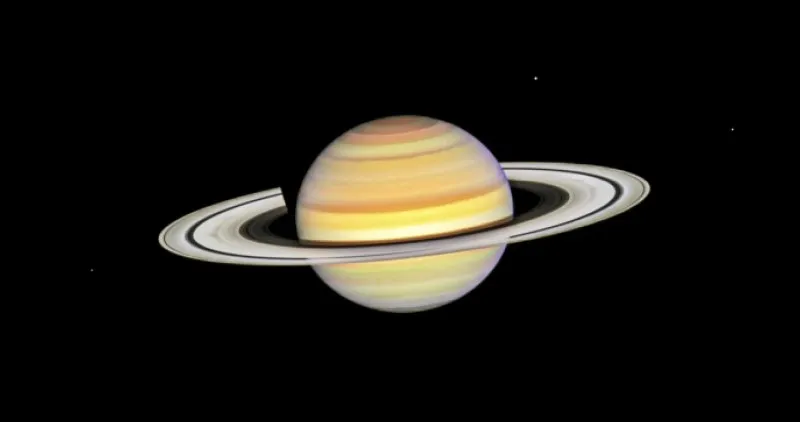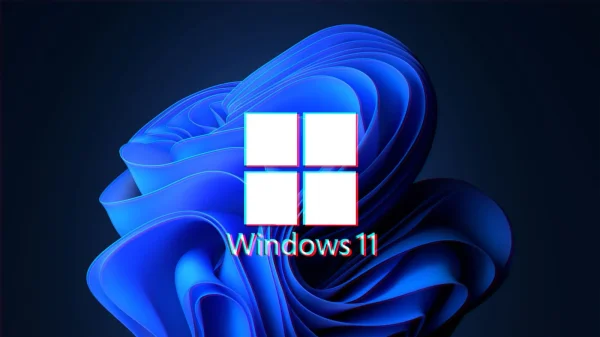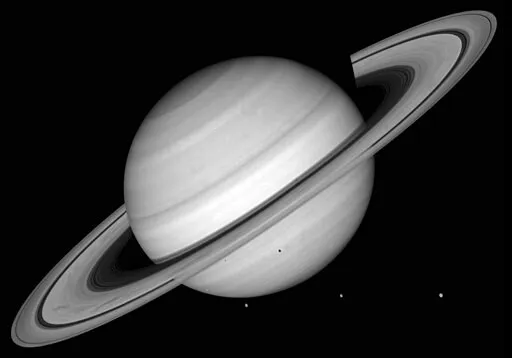The Hubble Space Telescope has been studying the mysterious dark spots on Saturn’s rings, known as spokes, for decades. First observed by the Voyager 2 spacecraft over 40 years ago, these features continue to be a subject of research and fascination. The spokes appear as dark patches on the rings, spreading over them and disappearing just as quickly, with some periods exhibiting more activity than others.
The spokes seem to be linked to Saturn’s seasons, which last seven years, and the planet’s magnetic field. A recent image taken by Hubble in October 2023 shows the spokes as dark patches on the rings, observed as part of a program called Hubble’s Outer Planets Atmospheres Legacy (OPAL), which tracks their movement. The OPAL program is led by NASA’s Goddard Space Flight Center, and it aims to track the spokes as they move over the next few years.
Saturn’s autumnal equinox is expected to occur in May 2025, and researchers believe that this event will coincide with a peak in spokes activity. The equinox marks the end of autumn and the beginning of winter in the Saturnian system, and in the past, researchers have observed a surge in spokes activity leading up to and following this event. The OPAL program lead scientist, Amy Simon, has stated that the team is excited to observe the maximum spoke activity expected during this period, with higher frequency and darker spokes expected to appear over the next few years.
Despite the long history of observing the spokes, the exact mechanism that causes them remains unclear. Researchers believe that the spokes are related to the interaction between solar wind and Saturn’s magnetic field. The leading theory is that the spokes are triggered by a solar interaction with the magnetic field, which gives rise to the dark patches on the rings.

Hubble Observes Saturn’s Mysterious ‘Spokes’
The spokes are a fascinating phenomenon, as they are huge, appearing on both sides of the planet and stretching across the rings. They can be larger than the diameter of the Earth, making them a significant feature of the Saturnian system. The researchers are keen to continue studying the spokes using Hubble, as it provides a unique opportunity to observe this phenomenon and gain a better understanding of its causes.
The study of the spokes also has implications for our understanding of the Saturnian system as a whole. Saturn’s magnetic field is one of the most powerful in the solar system, and it is thought to play a key role in the formation of the solar system. By studying the interaction between the solar wind and the magnetic field, researchers hope to gain a better understanding of the dynamics of the Saturnian system and the processes that shape it.
The study of Saturn’s rings spokes is an ongoing area of research that has provided valuable insights into the dynamics of the Saturnian system. The Hubble Space Telescope has been instrumental in monitoring the spokes, and the OPAL program has provided a unique opportunity to study this phenomenon in detail. As the researchers continue to study the spokes and other features of the Saturnian system, we can expect to gain a better understanding of the mechanisms that shape our solar system.









































